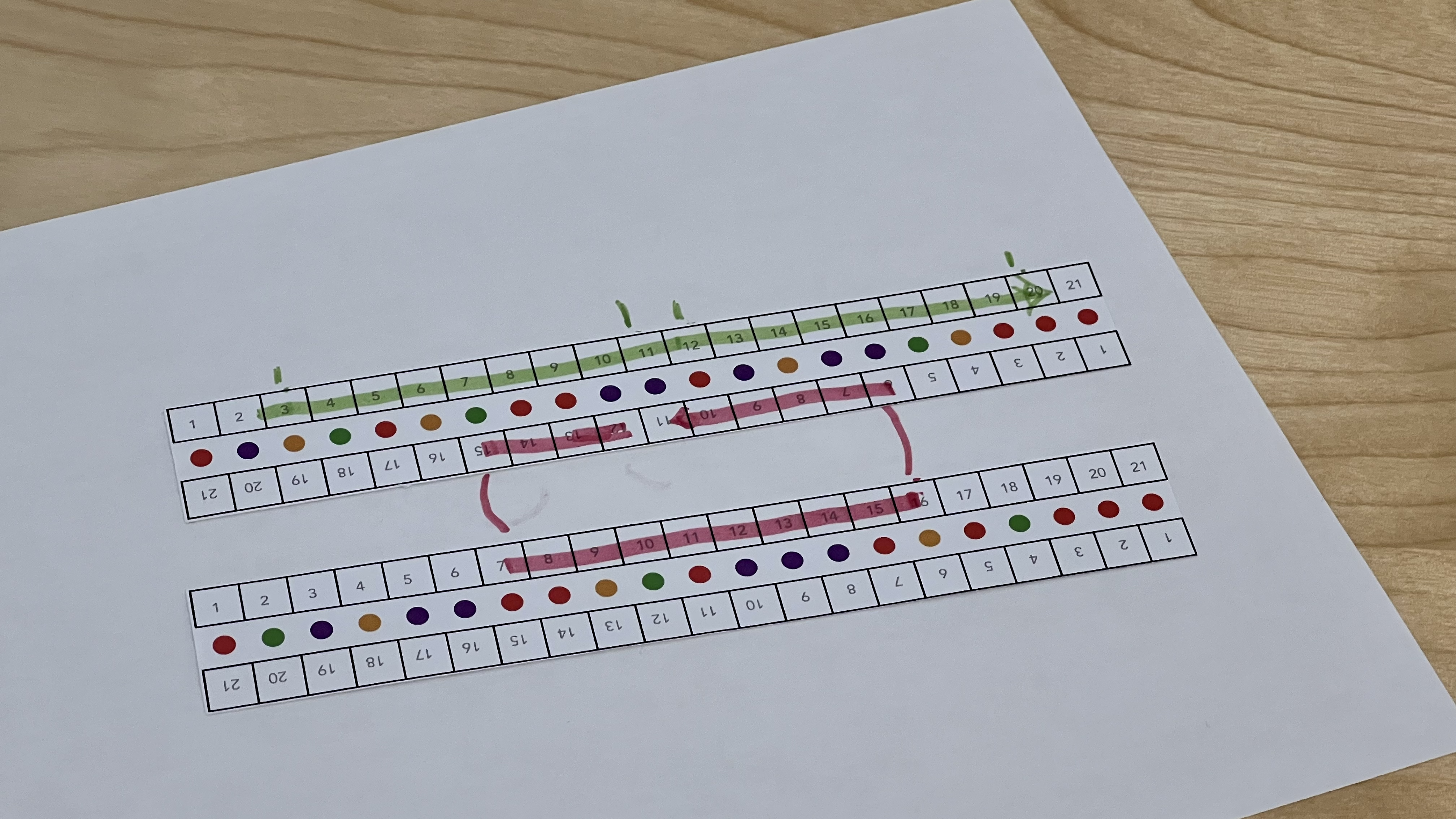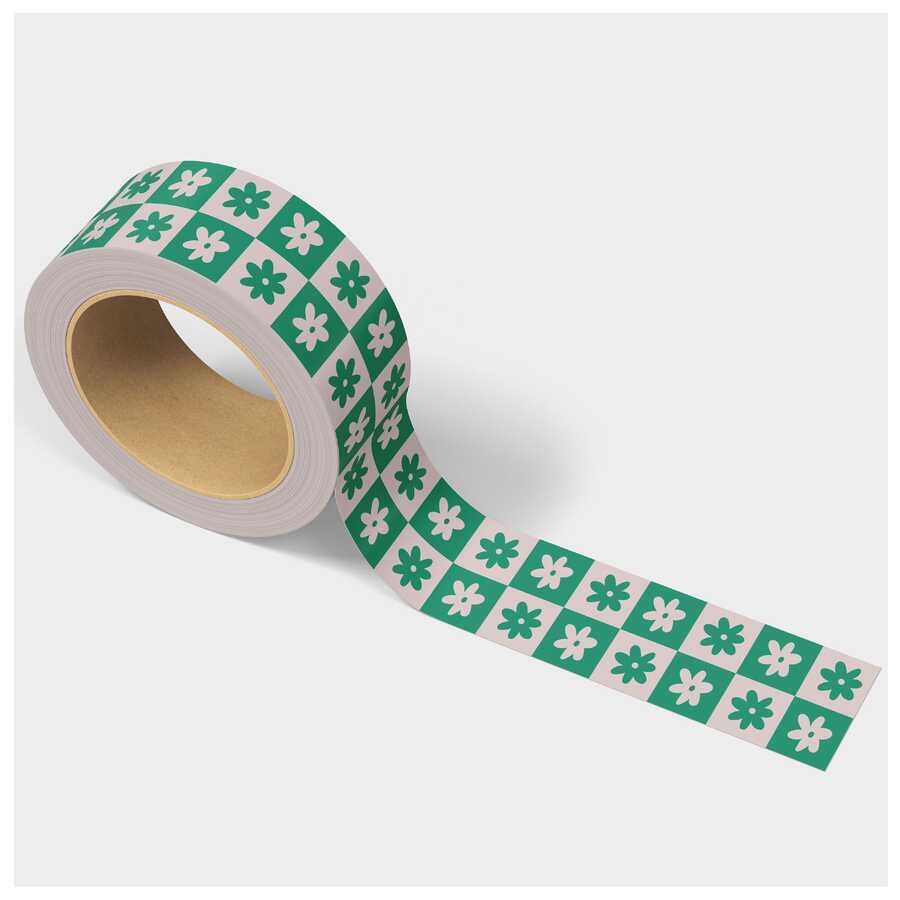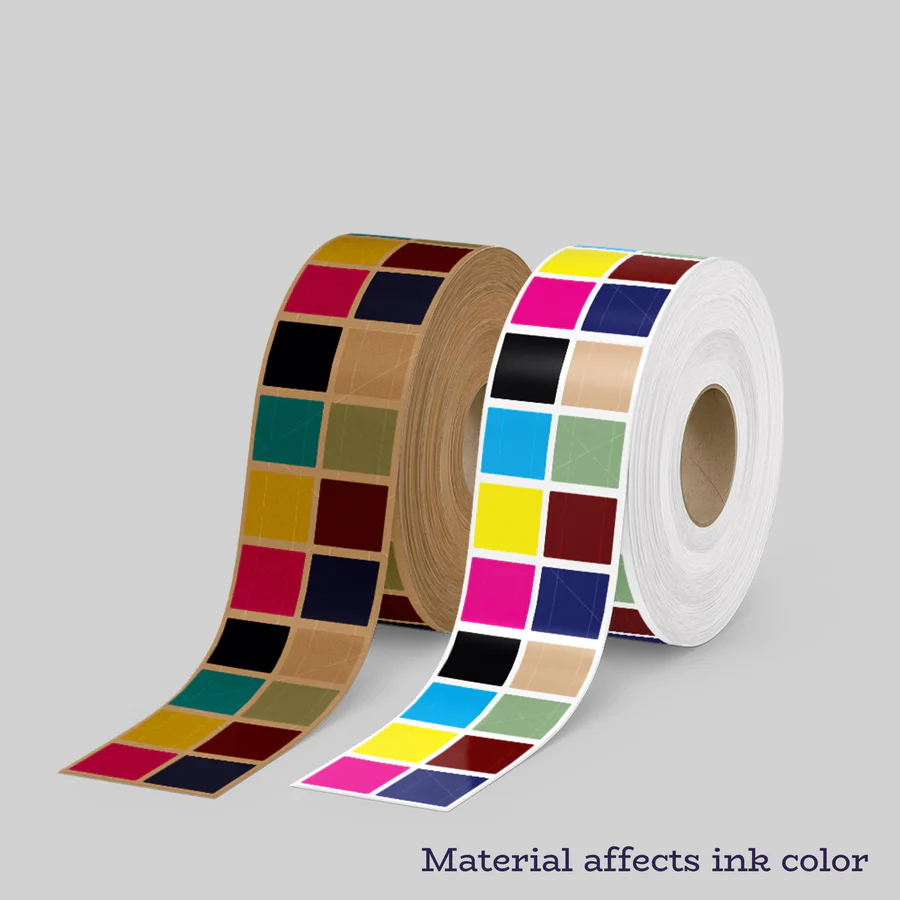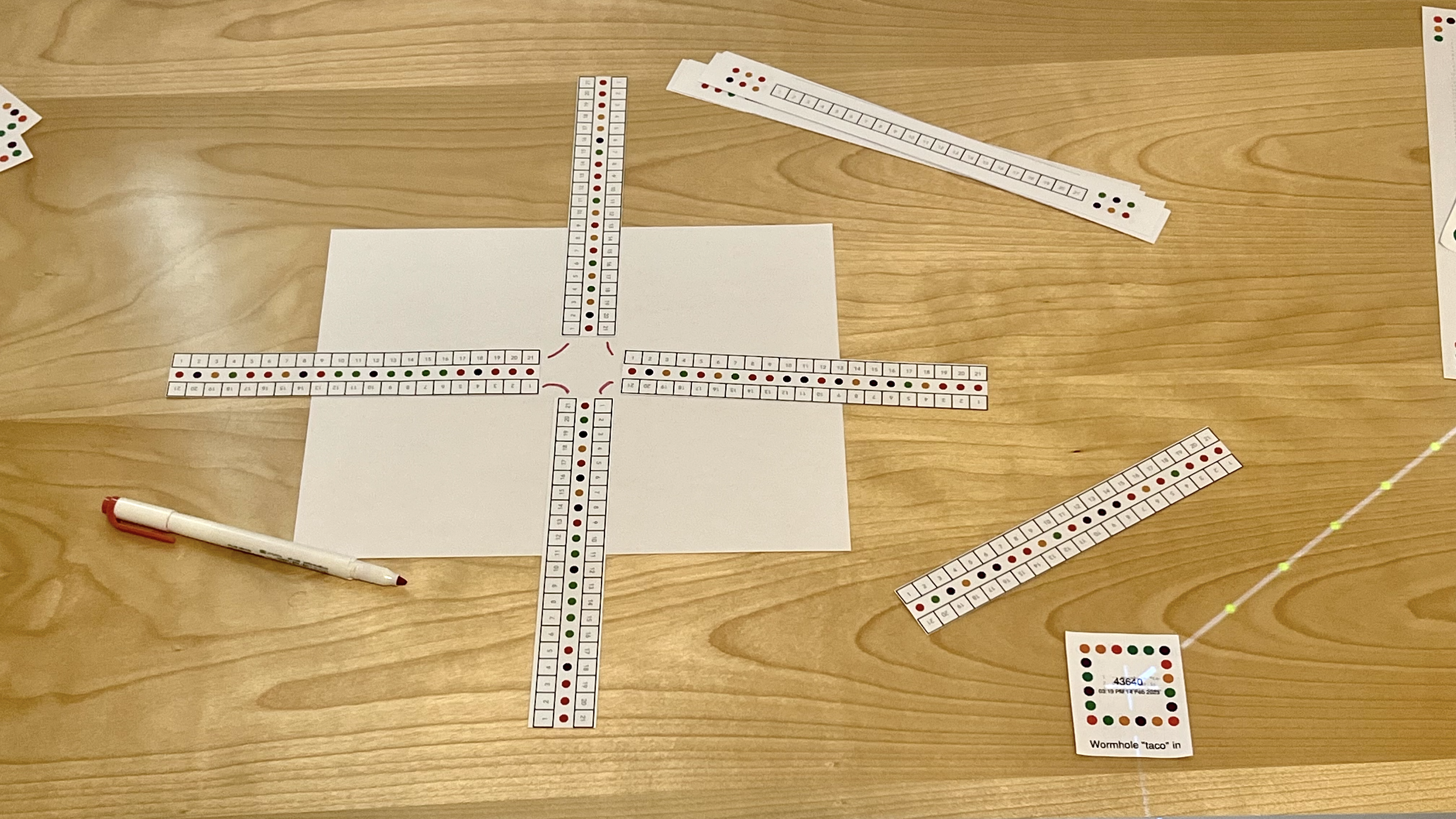Some thoughts before tomorrow's meeting...



These would be really cool to arrange in patterns on the table, and then laser-assign sequences, ligate/nick, or crossover-join them. An add-sticky-end tool could also add projected sticky ends of a given input sequence, similar to our "TTT" brick passivation example from last year.
Duplicate and replicate
I really liked how duplication and replication worked, and imagined how we could make use of similar tools to quickly build up and visualize more complex shapes and assemblies. In the case of the Seeman immobile junction, it could be constructed from 4 strips with a few manual ligations.

1. "Add east palindromic sticky end" → homodimers:
Presentation length and scope
Due to limited time, we might prioritize in-depth examples for the bare minimum of concepts that become relevant to explaining subsequent concepts. For example, for Seeman'82, we know that DNA origami will later serve as an existence proof that many of Ned's rules about junction sequence design can be ignored, so we could highlight just immobile junctions and sticky ends. (We could always show other junction types if there's a question, or during hands-on demo time.)
Ligation and Crossovers
I really liked the approach for laying out bases and then connecting them using a laser-zap-to-ligate action. Likewise with installing crossovers. (Does it work to swap the role of the laser confirmer and the tool whisker? i.e. there could be a "laser does X" card that could change function depending on what tool it's pointing at, and the laser dot is then what you point to toggle the crossover/ligation?) I imagine using these tools in several other contexts, including with alternative...
DNA helix primitives
The single-nucleotide squares are neat the really low-level demonstrations, but I wonder if we could build most of our examples around slightly bigger primitives, e.g. linear strips of nucleotides or duplexes (similar to a Cadnano virtual helix).
Due to limited time, we might prioritize in-depth examples for the bare minimum of concepts that become relevant to explaining subsequent concepts. For example, for Seeman'82, we know that DNA origami will later serve as an existence proof that many of Ned's rules about junction sequence design can be ignored, so we could highlight just immobile junctions and sticky ends. (We could always show other junction types if there's a question, or during hands-on demo time.)
Ligation and Crossovers
I really liked the approach for laying out bases and then connecting them using a laser-zap-to-ligate action. Likewise with installing crossovers. (Does it work to swap the role of the laser confirmer and the tool whisker? i.e. there could be a "laser does X" card that could change function depending on what tool it's pointing at, and the laser dot is then what you point to toggle the crossover/ligation?) I imagine using these tools in several other contexts, including with alternative...
DNA helix primitives
The single-nucleotide squares are neat the really low-level demonstrations, but I wonder if we could build most of our examples around slightly bigger primitives, e.g. linear strips of nucleotides or duplexes (similar to a Cadnano virtual helix).

Maybe we don't have time now, but I'm also picturing a "tape dispenser" that is pre-printed with a custom "dot strip" pattern that could be dispensed with variable lengths. (These don't have to be sticky, and we could just pre-print and slice up strips of this stuff).


These would be really cool to arrange in patterns on the table, and then laser-assign sequences, ligate/nick, or crossover-join them. An add-sticky-end tool could also add projected sticky ends of a given input sequence, similar to our "TTT" brick passivation example from last year.
Duplicate and replicate
I really liked how duplication and replication worked, and imagined how we could make use of similar tools to quickly build up and visualize more complex shapes and assemblies. In the case of the Seeman immobile junction, it could be constructed from 4 strips with a few manual ligations.

A sticky-end tool could then be used with some extra logic to automatically generate tesselating shapes that would live-update as we make modifications:
1. "Add east palindromic sticky end" → homodimers:
++ ++ ++
2. erase and add a unique east sticky end.
3. "Add west sticky end that pairs with east" → linear polymers
+++++++++
4. "Add north sticky end" → poly dimers
4. "Add north sticky end" → poly dimers
+++++++++
+++++++++
+++++++++
5. "Add south sticky end" → 2D lattice dimers
+++++++++
+++++++++
+++++++++
+++++++++
+++++++++
+++++++++
+++++++++
I didn't have time to mock this up beyond ASCII art, but you can imagine big repeating patterns of this junction spreads out across the supporter.
Watching hands-on vs doing hands-on
One of the biggest benefits of tangible interfaces is the opportunity to gain physical intuition for the system. A lot of passive observation is unavoidable in this conference format, but I wonder if we can think of ways to engage the audience in tangible ways so they aren't solely watching Bret and me exercise our physical intuition. Watching the first-ever live stream from across the room will be cool, but what if we can bring them into the talk, during the talk?
If we select a nice versatile primitive that we can use to build most of our examples, what if we print and distribute unique copies of that exact same primitive to the audience? Perhaps we could even include a couple embedded magnets that would physically embody design rules for very simple 2D examples (i.e. crossover spacing must be separated by at least one turn of DNA along the same strand). Everyone could try crossing over with their neighbor. Later, they could bring their helix up to the wall to build a collective mural, or (perhaps less chaotically) bring their helix to the hands-on demo room to try improvising with our tools.
Watching hands-on vs doing hands-on
One of the biggest benefits of tangible interfaces is the opportunity to gain physical intuition for the system. A lot of passive observation is unavoidable in this conference format, but I wonder if we can think of ways to engage the audience in tangible ways so they aren't solely watching Bret and me exercise our physical intuition. Watching the first-ever live stream from across the room will be cool, but what if we can bring them into the talk, during the talk?
If we select a nice versatile primitive that we can use to build most of our examples, what if we print and distribute unique copies of that exact same primitive to the audience? Perhaps we could even include a couple embedded magnets that would physically embody design rules for very simple 2D examples (i.e. crossover spacing must be separated by at least one turn of DNA along the same strand). Everyone could try crossing over with their neighbor. Later, they could bring their helix up to the wall to build a collective mural, or (perhaps less chaotically) bring their helix to the hands-on demo room to try improvising with our tools.